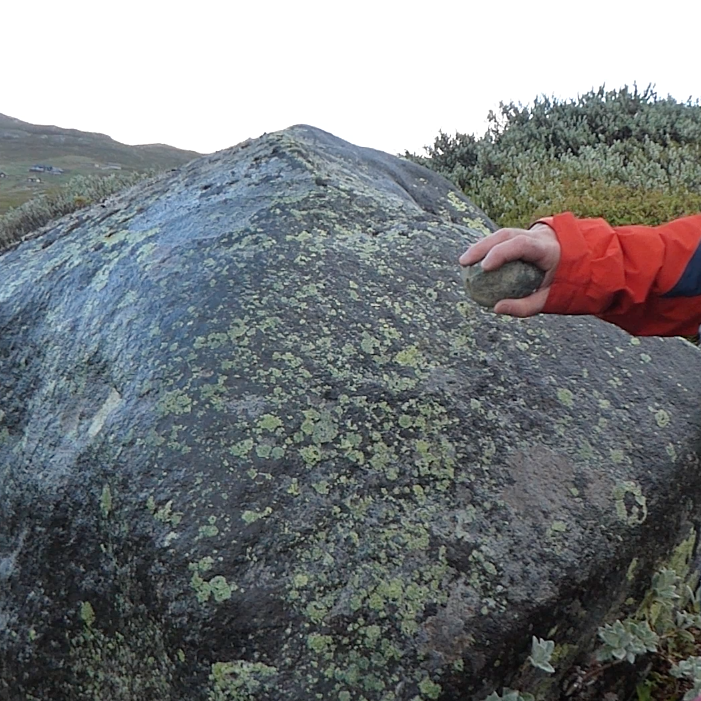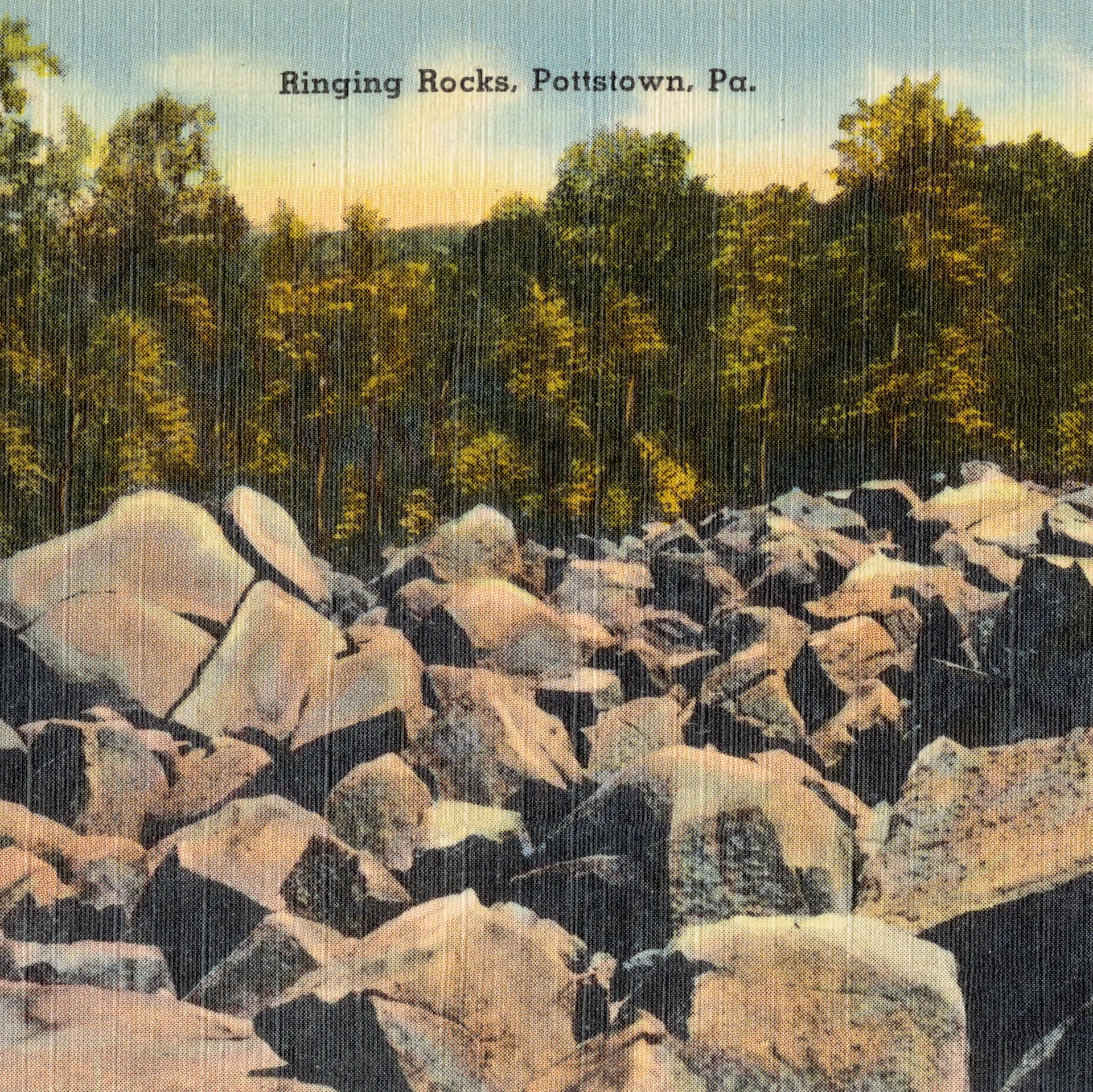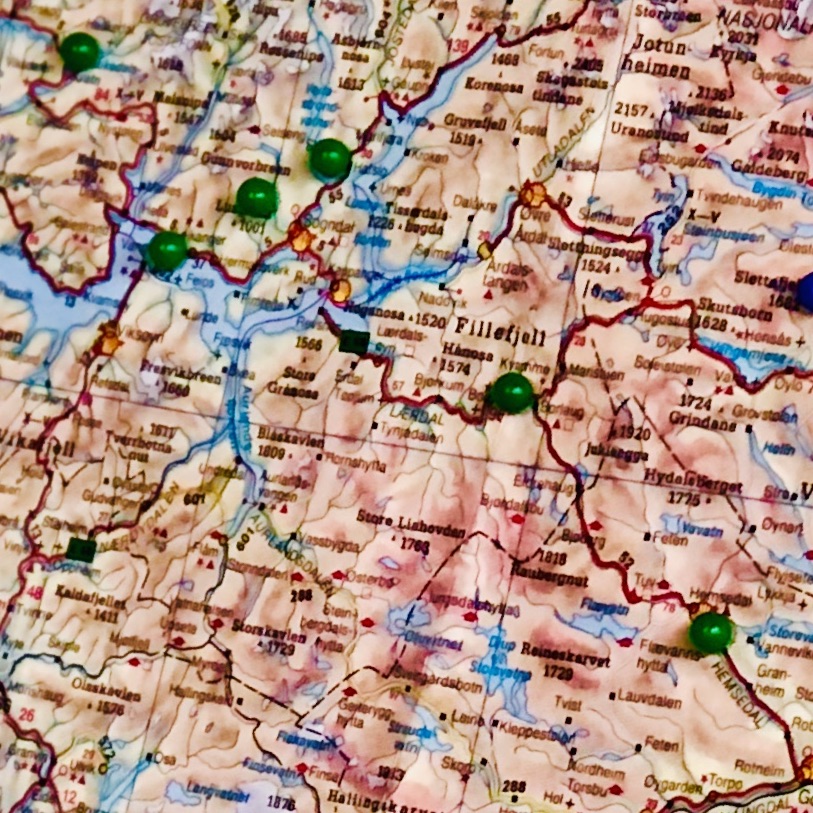Ringing stones or singing stones are a part of the natural and cultural heritage that has received little attention. The geological and acoustic phenomenon that some boulders give a metallic or bell-like sound when struck with smaller stones is known in several places on the globe. From Norwegian territory, we know of an increasing number of such stones. They are known by different names, such as klokkesteiner (bell stones), syngesteiner (singing stones) and klangsteiner (sounding stones).
Some of the stones are associated with beliefs preserved in local tradition and foklore. In addition, many stones are called klokkesteiner (bell stones) because they are associated with legends about church bells, without there being a sound in the stone itself. We are documenting all these stones, in the intersection between rocks and meaningful sound—between geology and cultural history.
The website klokkesteiner.no presents the entire Norwegian material of ringing stones and bell stones. The registration is a collaboration between Magma Geopark and music archaeologist Gjermund Kolltveit. The project is supported by Arts Council Norway and Norwegian Centre for Traditional Music and Dance.
If you know of a klokkestein or syngestein that is not included here, we would love to know about it! Contact information below.

What is a ringing stone?

Why do some stones resonate?

Ringing stones worldwide

Ringing stones in Norway
Explore the stones, including non-sounding klokkesteiner with legends about church bells.
Do you know about unregistered stones?
Contact:
Gjermund Kolltveit
Email: gjermund.kolltveit [at] musark.no
Phone: 957 96 259
www.musark.no